Reporting Analytics vs. Financial Reporting: Is There a Difference?
Jet Global
OCTOBER 26, 2021
Income statements, for example, might reflect actual performance relative to the budget, presented on a monthly, quarterly, or year-to-date basis (or some combination of those). Multi-dimensional analysis is sometimes referred to as “OLAP”, which stands for “online analytical processing.”

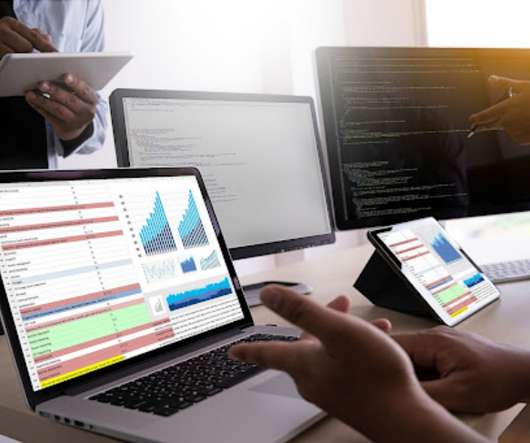
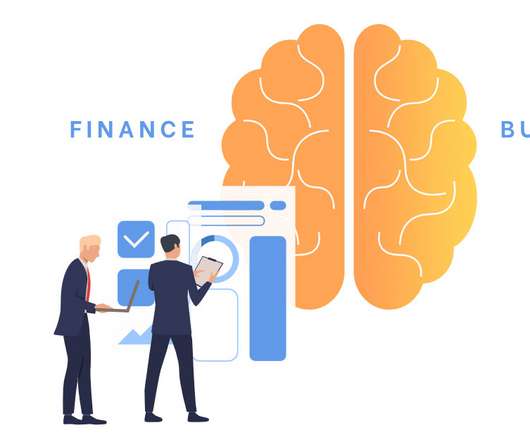


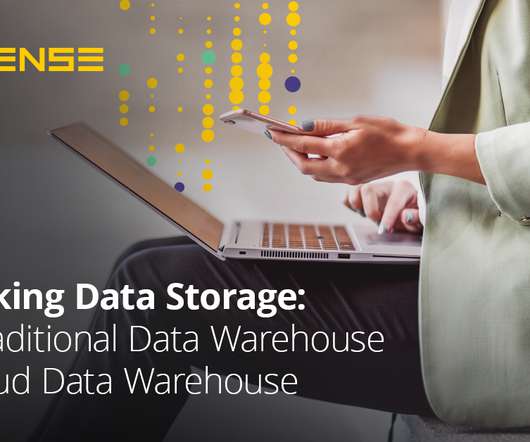



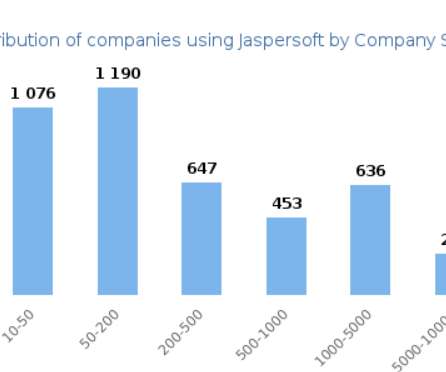

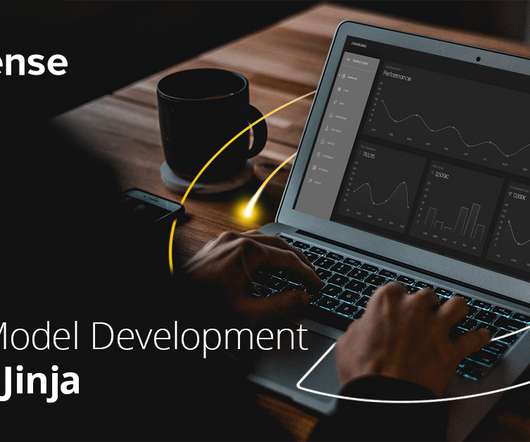
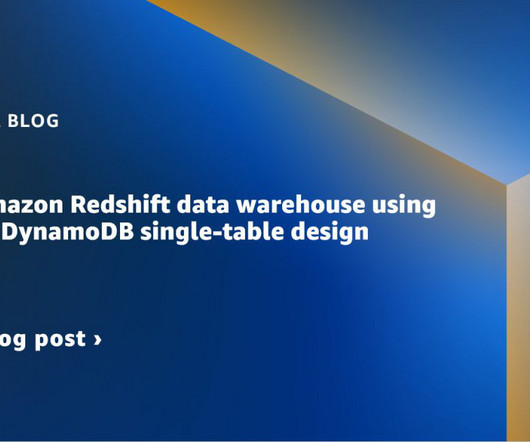

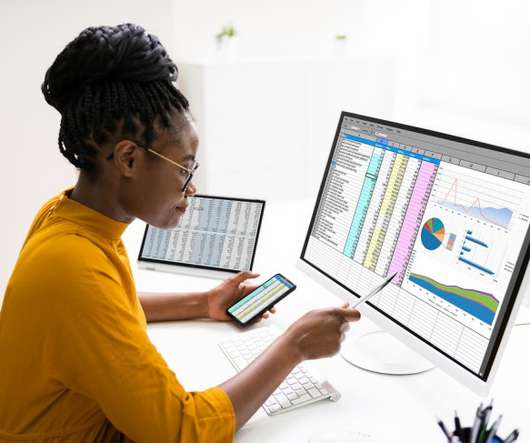








Let's personalize your content